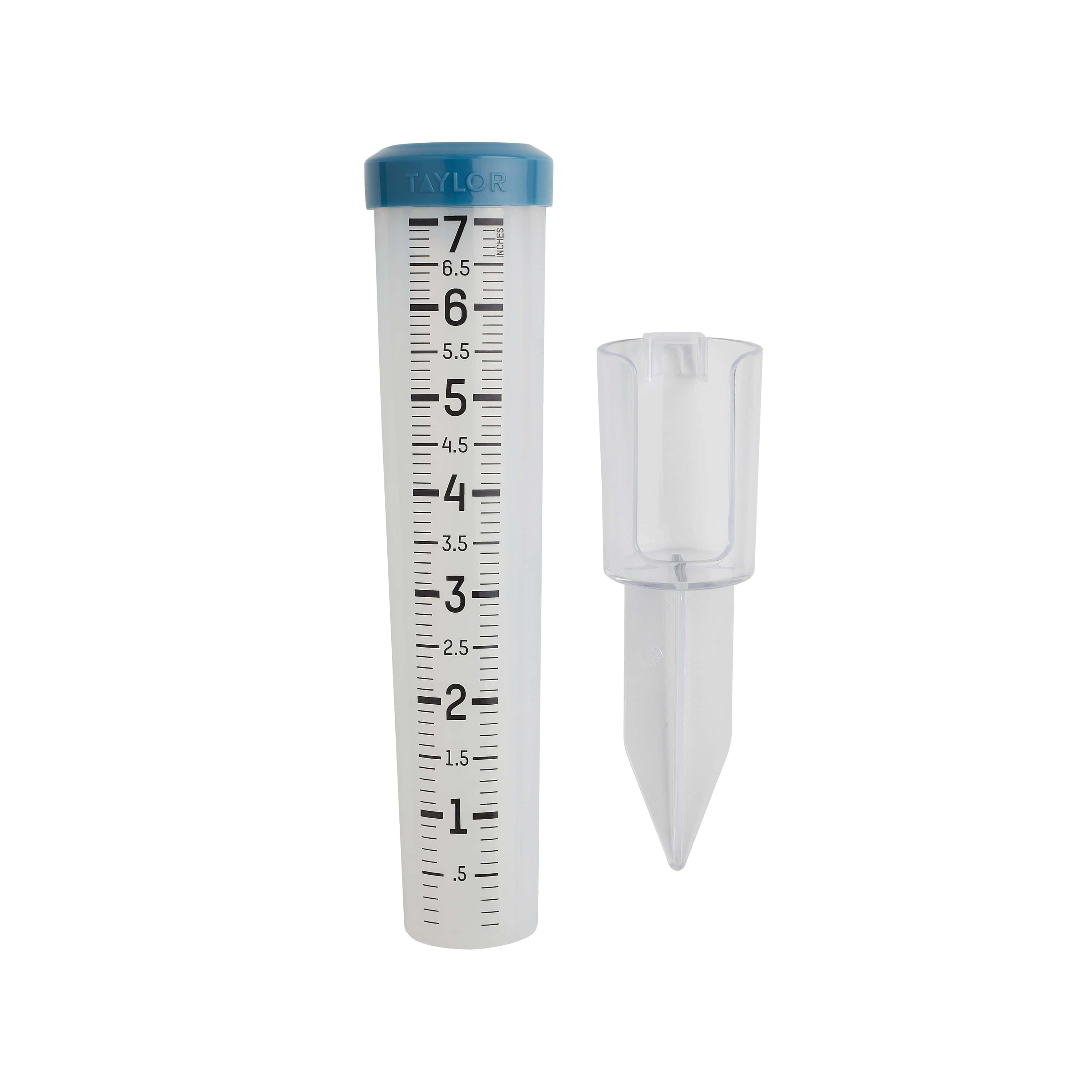Study The Rain Gauge: From Historical Development to Modern Applications
Study The Rain Gauge: From Historical Development to Modern Applications
Blog Article
Do It Yourself Rainfall Gauge: Straightforward Steps to Make Your Own
Creating your own DIY rain gauge is a basic and efficient means to measure and videotape precipitation. With simply a few usual materials and some standard steps, you can conveniently construct your own rain gauge at home. Let's get begun on making your Do it yourself rainfall scale today!
Gather Products
To start creating your do it yourself rainfall scale, collect all the necessary materials using a detailed listing of products. Having the ideal materials handy will certainly make certain the successful development of your rain gauge and permit exact measurements of rains. Firstly, you will certainly require a clear plastic container or cyndrical tube, such as a plastic container or jar. Make certain the container is clear to ensure that you can quickly see the water level inside. Next, you will certainly need a leader or determining tape to mark the increments on the container. This will allow you to gauge the quantity of rainfall accurately. In addition, you will certainly need a permanent pen or water-proof tape to mark the measurements on the container. When exposed to rainfall, this will ensure that the markings continue to be noticeable even. You will require a strong base or stake to firmly hold your rainfall scale in place. This can be a wood or steel stake that can be put into the ground or a sturdy level surface to provide security. Gathering these materials ahead of time will certainly streamline the building and construction procedure and ensure that you have every little thing you need to produce your very own DIY rainfall gauge.
Prepare the Container

Mark the Dimension Increments
To precisely measure the quantity of rainfall, accurately noting the measurement increments on your DIY rainfall gauge is necessary. Without accurate and clear markings, it would be hard to figure out the precise quantity of rains collected in your rain scale. Right here are the steps to note the measurement increments on your rainfall scale.
First, pick the unit of measurement that you intend to utilize. The most usual systems for determining rainfall are millimeters and inches. Use a long-term marker or water resistant paint to note the increments on the side of your rain scale once you have actually picked the system. For inches, you can note every quarter inch or every half inch, relying on your preference. For millimeters, you can note every 10 millimeters or every 20 millimeters.
When noting the increments, it is necessary to make sure that they are equally spaced and clearly visible. Utilize a leader or measuring tape to guarantee precision and uniformity. Additionally, make certain that the markings are immune to fading Bonuses or massaging off, as exposure to the aspects might create them to degrade with time.
Place the Rain Gauge Outdoors
The rain scale need to be positioned outdoors to accurately gather rainfall information. The area picked for the rainfall scale should be complimentary and open from any kind of blockages that can possibly influence the measurement of rainfall. It is important to discover an area that is not blocked by trees, structures, or other structures that might block the rain from reaching the gauge. This will ensure that the collected data is representative of the actual rainfall in the location.
Additionally, it is critical to place the rain scale on a secure surface, such as a degree ground or a strong post. This will certainly avoid any kind of motion or tilting of the gauge, which could lead to inaccurate dimensions. It is likewise recommended to avoid positioning the scale near any resources of man-made water, such as sprinklers or drainage systems, as this can interfere with the accuracy of the dimensions.
Monitor and Document Rainfall Data
Normal tracking and recording of rains information is important for exact information analysis and analysis. By tracking rains measurements, you can obtain useful insights right into weather patterns, environment trends, and water source management. To properly keep an eye on and record rains information, it is necessary to establish a routine and keep constant techniques.
First of all, ensure that your rain scale is positioned in an open location far from challenges such as trees or structures that may block rainfall. Furthermore, ensure the rain gauge is degree and securely anchored to protect against any type of activity that could impact the precision of the measurements.

When tape-recording the rainfall data, it is very important to keep in mind the date and time of each measurement. Utilize a leader or a gauging adhere to determine the rainfall depth in the rain gauge, and record this info properly.
To make certain the precision of the dimensions, it is suggested to empty the rain gauge after each recording. This will avoid any overflow or evaporation from affecting succeeding dimensions.
Verdict
In final thought, creating a DIY rain scale is a functional and easy means to keep an eye on and tape-record rains data (The Rain Gauge). By following the actions outlined in this post, you can quickly collect materials, prepare the container, note the measurement increments, and position the rain scale outdoors. Consistently checking and taping rains data can provide useful information for different objectives
Having the ideal products on hand will make certain the successful production of your rain gauge and permit for accurate dimensions of rains.To precisely gauge the amount of rainfall, properly marking the measurement increments on your Do it yourself rain gauge is crucial.The rain gauge need to be placed outdoors to precisely accumulate rainfall data. The place picked for the rain gauge need to be open and free from any kind of obstructions that might possibly influence the measurement of rainfall.In conclusion, creating a DIY rain scale is a sensible and easy means to monitor and record anonymous rains information.
Report this page